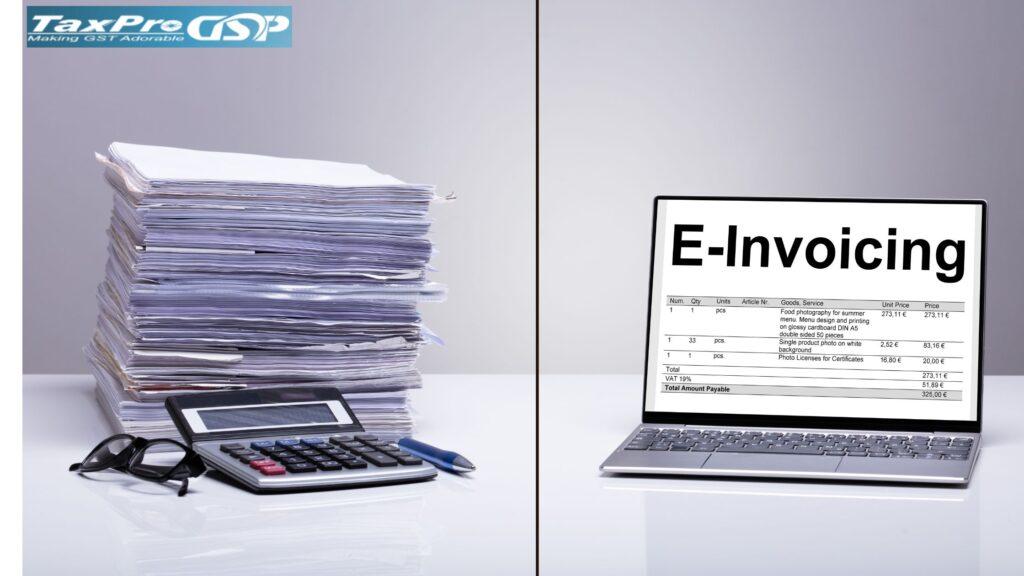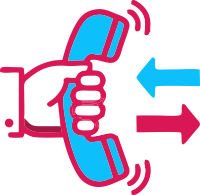Businesses must ensure compliance with the latest digital invoicing regulations. The eInvoicing is all about ensuring tax compliance, minimizing instances of fraud, and ensuring a much smoother transaction process. Even though it has many benefits, a lot of businesses are still confused about its applicability.
Several companies believe that eInvoicing is mandatory for every type of business while others think that it only applies to the large ones. There are misunderstandings about other similar things that have caused unnecessary confusion and presented challenges when it comes to compliance. Knowing what is true and what is a myth will make it easier for businesses to comply with GST regulations. Here are some common misconceptions about eInvoice applicability.
eInvoicing is Required for Only Large Companies
One of the primary misconceptions most people have is that only large businesses need to follow the eInvoicing rules. Even though there is no denying the fact that eInvoicing was first introduced for companies that had higher turnovers, over time the scope of applicability has expanded. Nowadays, companies with annual turnovers that exceed the current threshold are required to comply regardless of their size.
The primary reason behind the government’s decision to lower the turnover limit is to bring more businesses into the eInvoicing framework. This way, it will be easier to ensure better transparency and digital compliance. The adoption of technology is increasing rapidly and businesses of various sizes will need to align with digital invoicing practices to ensure seamless generation of GST Invoices.
Every Business Needs to Generate eInvoices
Another common misconception when it comes to eInvoice applicability is that all businesses that are registered under GST need to generate eInvoices. This is not true at all. eInvoicing is only applicable to companies that meet the turnover threshold prescribed by the government.
When eInvoicing was first introduced, it was only mandatory for corporations that had an annual turnover of above ₹500 crores. However, as time passed, the government reduced the turnover threshold which means it is now applicable to more businesses.
It is important to note that small businesses that do not exceed the prescribed threshold are not required to generate eInvoices. Ideally, every business should check the latest turnover limits set by the GST Council. This way, they will have a better understanding of their eInvoicing eligibility. Businesses that meet the threshold but do not comply will face penalties. On the other hand, companies that are not required to comply can avoid implementation efforts.
eInvoicing is Required for B2C Transactions
There are plenty of business owners who believe that eInvoicing is essential for not only B2B (business-to-business) transactions but also B2C (business-to-consumer) ones. This myth is very common when it comes to eInvoice applicability.
It is important to note that under the GST framework, eInvoicing is only required for B2B transactions. When it comes to B2C transactions, where goods or services are sold directly to people, there is no need to generate eInvoices. Rather, these companies can just generate standard invoices with QR codes for transactions. Knowing about this myth is vital for businesses to ensure compliance and guarantee that they do not have to deal with unnecessary complexities.
Conclusion
The eInvoicing under GST is essential when it comes to digital compliance. However, myths revolving them around such as those mentioned in this article can make things confusing for businesses. This is why being aware of them is important.
Guarantee hassle-free eInvoicing compliance by working with TaxPro GSP. As a trusted GST Suvidha Provider (GSP), we offer libraries and DLLs to integrate GST, eWayBill, and eInvoice APIs into your ERP system. With the help of our seamless solutions, businesses can simplify compliance and minimize errors.


